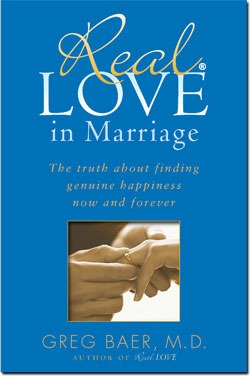One day I was kayaking down the creek behind our house, headed in the direction of the Coosa River. As I rounded a bend in the creek, I slowed down to take in a curious sight. There on the left bank was an oak tree about 80-90 feet high and roughly 140 years old. It turns out that if you know the circumference of a specific variety of oak, and where it’s growing, you can calculate its age fairly closely.
What was unusual about the tree, however, was not its age. It was the roots. The tree was growing right at the edge of the creek, which over many years had slowly eroded the roots as the moving water had carried the surrounding soil downstream. When the tree first sprouted, the roots would certainly have been growing in firm soil in all directions, but the years of erosion—all occurring during the brief periods when the creek rose to flood stage—have now exposed exactly half the roots, which all have atrophied and died.
So, the enormous and beautiful tree has tremendous height, perfect shape, and normal branches with a luxuriant growth of leaves from bottom to top, despite the absence of half its roots. I have never seen a more stark example of the disparity between impaired roots but normal trunk, branches, and leaves.
How is such growth possible? It has been proven by horticultural studies that if plants are stressed, they compensate to survive. Trees exposed to high winds develop roots, trunks, and branches that are stronger than with trees deep in a forest and protected from the wind. In the case of the tree by the creek, the remaining roots became longer, stronger, and more thoroughly infiltrated into the soil, compensating for the loss of the other roots.
I have seen many relationships—friends, marriages, parent-child, and more—succeed in a way similar to this oak tree. One person in the relationship is incapable of being loving enough to offer meaningful support to the tree of the relationship, while the other person simply decides—consciously or not—that he or she is willing to supply the needed roots and enable the relationship to grow. If that person is freely offering their love—if it’s unconditional—the relationship may grow beautifully to maturity. One person roots in the soil, while the other just benefits from the love being offered.
Most people, however, prove to be incapable of entirely supplying all or most of the roots in a relationship for prolonged periods, and then further erosion—fatigue, illness, emotional stress, the accumulated burdens of life—makes adequate support of the tree impossible. Then it gradually leans and eventually crashes into—or across—the river, where it dies.
Many of us are in relationships where the other person is incapable of loving. If we are strong enough, and if we CHOOSE to, we can support the growth of a healthy relationship. But if we are being stressed to the point where we become incapable of happiness ourselves, sometimes the loving thing to do is to withdraw from the relationship and allow it to die.
How can we know whether to stay or leave? The only way to find out is to grow our own roots as far and deep as we can, drawing all the love we can from the surrounding soil. Having done that, we simply observe what the tree does.
We can only strengthen our own root system. We can’t control what will happen to the tree when it stands with half its roots. If the tree lives, we will have a beautiful, living thing to admire and enjoy. If it falls over, we will know that we did all we could to make the relationship possible.


